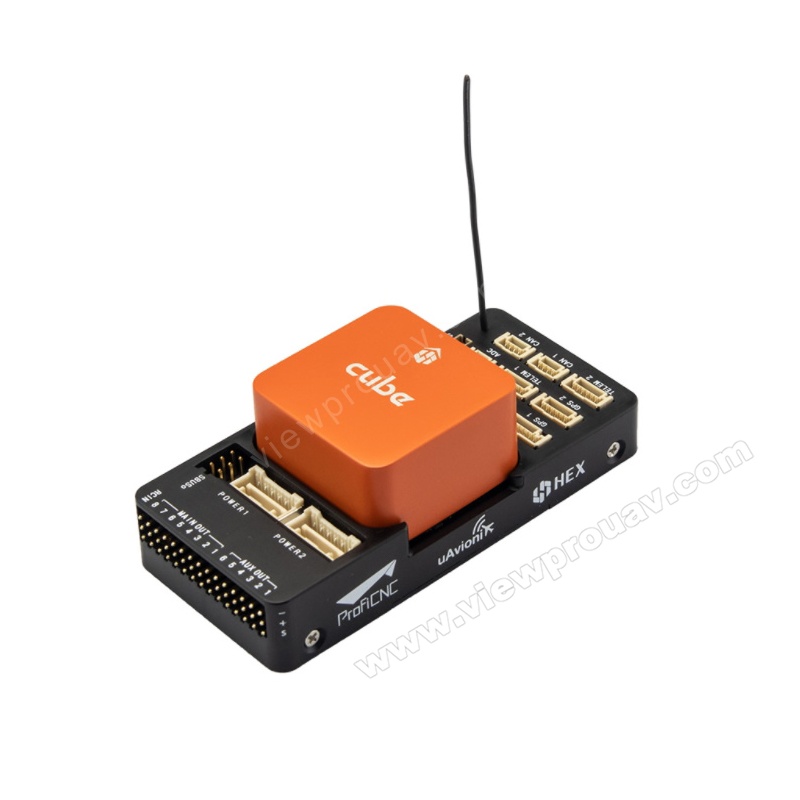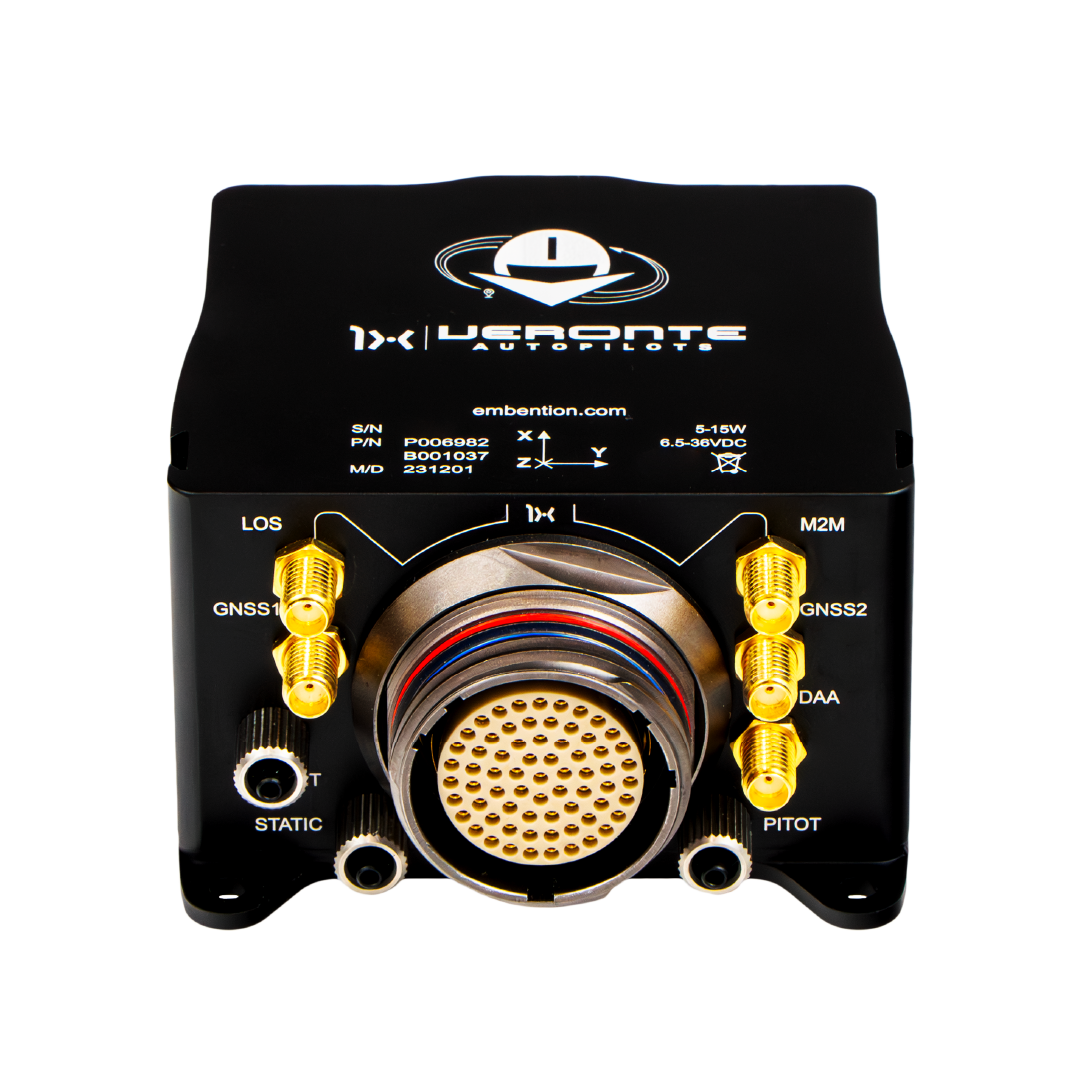Exploring the Function of Drone Trip Controllers in Enhancing Trip Stability and Navigating Effectiveness
The development of drone technology has substantially raised the value of trip controllers, which function as the mind of these aerial automobiles. By incorporating real-time data from a variety of sensing units, trip controllers enhance flight security and navigating efficiency, guaranteeing that drones can run efficiently also in complex atmospheres. This conversation will certainly check out the key elements that add to these improvements, in addition to the effects for the future of autonomous trip. What innovations lie ahead that could even more transform the abilities of drone flight controllers?

Understanding Trip Controllers
Flight controllers are important parts in the performance of drones, functioning as the brains that manage and stabilize trip procedures. These sophisticated gadgets process data from various sensing units, including accelerometers, gyroscopes, and GPS, to guarantee that the drone preserves its intended flight path. The trip controller translates this data and implements commands based on pre-defined algorithms, making it possible for the drone to reply to ecological modifications, such as wind or obstacles.
The primary function of a trip controller is to keep security throughout flight. It achieves this by making real-time adjustments to the drone's motors and control surface areas, ensuring equilibrium and control. Furthermore, contemporary flight controllers incorporate sophisticated features such as waypoint navigation, permitting automated trip courses and improved functional effectiveness.
Understanding the architecture of trip controllers is essential for both hobbyists and experts. They typically consist of a microcontroller, firmware, and numerous interfaces for sensing unit input and communication. As modern technology breakthroughs, flight controllers have actually become much more qualified and portable, integrating man-made knowledge to improve decision-making processes and adapt to complex trip circumstances. This advancement indicates an essential advancement in the drone industry, leading the way for a lot more advanced applications and more secure operations.
Secret Elements of Flight Stability
Attaining optimal flight stability in drones depends on several crucial parts that work in concert to make sure smooth and controlled operations. Central to this security is the trip controller itself, which refines information from numerous sensing units to keep the preferred trip perspective. This includes accelerometers and gyroscopes that determine movement and alignment, permitting for real-time modifications to the drone's placement.
An additional essential component is the digital speed controllers (ESCs), which control the power supplied to the electric motors. By finely tuning motor rates in feedback to trip controller commands, ESCs assist maintain equilibrium and counteract disturbances triggered by wind or abrupt motions.
Additionally, the style of the drone's frame plays a pivotal role in trip security. A well-structured framework reduces resonances and enhances the total aerodynamic profile, adding to smoother flight attributes. The integration of innovative algorithms within the flight controller help in predictive adjustments, making certain a adaptable and receptive trip experience.
Together, these elements form a cohesive system that enhances a drone's stability, permitting exact maneuvering and boosted performance in different flight problems.
Navigation Performance Methods
Performance in navigation is crucial for optimizing drone procedures, specifically in complex environments. Efficient navigating methods enhance the capacity of drones to traverse difficult surfaces and avoid barriers, therefore improving functional effectiveness and safety and security.
One famous strategy is the execution of advanced GPS and inertial dimension units (IMUs) that offer accurate place monitoring and alignment information. These modern technologies allow drones to compute optimal flight paths in real-time, taking into consideration various variables such as wind problems and potential challenges.
An additional click here to read technique includes the use of formulas for course planning and optimization. Formulas such as A * and Dijkstra's formula can be deployed to determine the most reliable path while decreasing power usage and flight time. Integrating machine knowing designs can allow drones to adaptively discover from their environments, enhancing navigation capabilities with experience.

Influence On Autonomous Drones
The assimilation of advanced navigation strategies has exceptionally changed the capabilities of self-governing drones, enabling them to operate with greater autonomy and precision. SparkNavi drone flight controller and GNSS/INS made in taiwan. These improvements are mainly credited to advanced flight controllers that utilize real-time information processing and sensor fusion, allowing drones to browse complex environments perfectly
The impact on independent drones extends past plain navigating; it incorporates improved obstacle avoidance, enhanced security during vibrant conditions, and raised mission dependability. By leveraging algorithms that incorporate device discovering and fabricated intelligence, drones can adjust to altering situations, making educated choices that enhance their flight courses while lessening risks.
In addition, the application of robust trip controllers has promoted the execution of intricate tasks, such as airborne examinations, shipment services, and agricultural monitoring, with minimal human treatment. This capability not just improves operations yet also lowers human error, therefore improving overall safety her explanation and security.
Therefore, the functional scope of self-governing drones has increased significantly, making them crucial tools in different industries. Their ability to do efficiently in diverse situations underscores the crucial duty that advanced flight controllers play in shaping the future of unmanned airborne systems.
Future Trends in Flight Control
Regularly, improvements in flight control innovation are poised to redefine the landscape of drone operations in the coming years. Emerging patterns suggest a substantial shift towards enhanced expert system (AI) combination, making it possible for trip controllers to refine real-time information extra successfully. This advancement will promote better decision-making capabilities, permitting drones to adjust to vibrant ecological problems autonomously.
Moreover, the implementation of artificial intelligence algorithms is expected to improve anticipating upkeep, consequently decreasing downtime and extending the lifecycle of drone components. This aggressive approach to maintenance will be vital as drone applications increase throughout numerous sectors, from agriculture to logistics.

.jpg)
Last but not least, advancements in secure interaction methods will deal with security and regulative worries, making certain that drones can run seamlessly in congested airspaces (SparkNavi drone flight controller and GNSS/INS made in taiwan). Collectively, these trends point in the direction of a future where trip control systems are not just smarter and extra reliable yet additionally qualified of operating securely in a significantly incorporated airspace
Final Thought
In verdict, drone trip controllers find out are important to enhancing trip stability and navigation efficiency via the sophisticated processing of sensor information. By maintaining ideal trip perspectives and using advanced algorithms for path optimization and barrier avoidance, these controllers considerably add to the freedom and functional safety of drones. As innovation remains to advance, further developments in flight control systems are anticipated, guaranteeing enhanced efficiency and increased capabilities in the world of unmanned airborne lorries.
By incorporating real-time information from a selection of sensors, trip controllers boost trip security and navigating performance, making certain that drones can run efficiently even in complicated environments.Flight controllers are important elements in the functioning of drones, serving as the minds that support and manage flight operations. Additionally, contemporary flight controllers incorporate sophisticated features such as waypoint navigating, permitting for automated flight paths and enhanced functional effectiveness.
Central to this stability is the trip controller itself, which refines information from various sensors to maintain the desired trip perspective.In final thought, drone flight controllers are important to improving flight security and navigating performance through the innovative handling of sensor information.